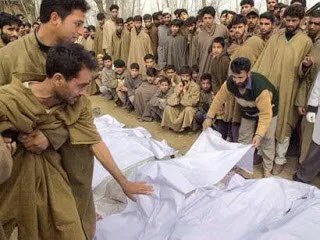The Indian Army has killed over 60 terrorists, uncovered several bunkers and seized huge stocks of arms, ammunition and medicines in a phased operation in the remote Hill Kaka region near Surankote town in Jammu and Kashmir.
Finally operation ended on 3rd May 2003 with killing 60 terrorist and paper detailing expenditure running into almost Rs 1.8 crores.
Most of the victims were killed or injured within the first few minutes of fire. Unsurprisingly,







